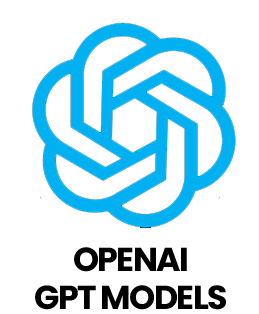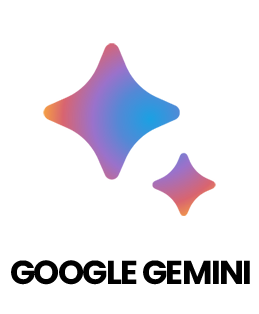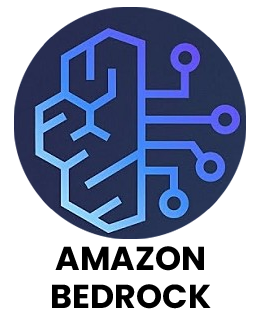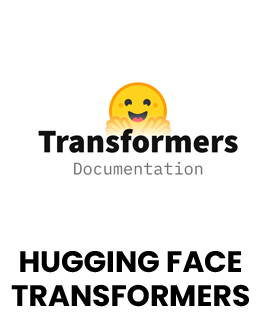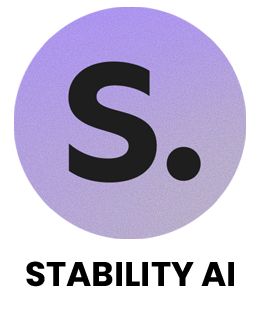1. What is the difference between a Gen AI Engineer and a Gen AI Developer?
Ans:
A Gen AI Engineer focuses on building AI pipelines, preparing datasets, automating workflows, and deploying models without heavy coding. A Gen AI Developer works with APIs, scripts, and fine-tuning models to create custom applications. Engineers optimize infrastructure and automation, while Developers extend functionality with code and custom logic.
2. How do you approach requirement gathering in a Gen AI project?
Ans:
Requirement gathering involves stakeholder interviews, workshops, surveys, and process analysis to understand business objectives and user needs. This helps define datasets, model selection, AI pipelines, and deployment strategies, ensuring the solution delivers measurable business value.
3. What are the common tools you use for Gen AI development and deployment?
Ans:
- OpenAI and Hugging Face APIs
- LangChain for workflow automation
- Python and SDKs for custom scripting
- MLflow and TensorBoard for monitoring
- Vector databases like Pinecone or Weaviate
- Dashboard tools for metrics visualization
4. Can you explain what a Large Language Model (LLM) is and how you use it?
Ans:
An LLM is a deep learning model trained on massive datasets to understand and generate human-like text. It is used for chatbots, summarization, code generation, and recommendation systems. Fine-tuning or prompt engineering ensures outputs meet business requirements.
5. How do you ensure your Gen AI implementation is secure and accessible to users?
Ans:
I implement access controls, API security, and encryption for sensitive data. For accessibility, I design intuitive interfaces, provide clear prompts and instructions, ensure consistent outputs, and test models across multiple platforms to make the solution usable for all users.
6. What is your process for creating AI dashboards and monitoring tools?
Ans:
I identify key performance metrics such as accuracy, latency, and cost. Dashboards are designed with charts and graphs to track these metrics. I gather user feedback, refine visualizations, and ensure insights are actionable for performance optimization and decision-making.
7. How do you validate your Gen AI solutions?
Ans:
Validation is done through sandbox testing, user acceptance testing (UAT), regression testing, and feedback sessions. I also evaluate outputs for accuracy, relevance, and reliability, ensuring the AI pipelines function correctly before production deployment.
8. What are the key principles of a good Gen AI implementation?
Ans:
- Maintain high-quality datasets and embeddings
- Use scalable and maintainable pipelines
- Minimize unnecessary model customization; prefer pre-trained models first
- Follow consistent naming conventions and documentation
- Automate tasks to improve efficiency without introducing complexity
9. How do you handle conflicting feedback from stakeholders in a Gen AI project?
Ans:
I listen carefully, document feedback, and map it to project goals and constraints. Then, I prioritize based on business impact, communicate trade-offs, and propose solutions that balance stakeholder requirements with technical feasibility.
10. How do you keep yourself updated with Gen AI trends and technologies?
Ans:
I follow AI research papers, release notes from OpenAI and Hugging Face, attend webinars and conferences, participate in online communities, experiment with new models, and complete relevant certifications to stay ahead in the field.





